Frequently Asked Questions (FAQs)
Frequently Asked Questions | Total Spine & Wellness
What is Regenerative Medicine?
Regenerative medicine aims to replace damaged tissue or organs caused by factors like age, disease, trauma, or congenital issues, as opposed to focusing solely on symptom management. This is achieved through the use of tissue engineering, cellular therapies, medical devices, and artificial organs.
By combining these approaches, we can enhance our body’s natural healing process where it is most needed. Regenerative medicine brings together experts from various specialties who wish to be on the cutting edge of medicine.
When our bodies are injured or affected by disease, they possess an innate ability to heal and defend themselves. What if we could harness this inherent power and accelerate the healing process in a clinically relevant manner? What if we could aid the body in healing more effectively?
The promising field of regenerative medicine strives to restore the structure and function of damaged tissues and organs. It also aims to develop solutions for organs that have sustained permanent damage. Ultimately, the goal of regenerative medicine is to create transformative healthcare solutions that could potentially help injuries and diseases that were previously deemed untreatable.
What are stem cells?
Stem cells are undifferentiated cells in our bodies that have the remarkable ability to develop into various types of specialized cells. They can divide and renew themselves to form more stem cells or differentiate into specific cell types, such as muscle, nerve, or blood cells. Stem cells play a crucial role in the development, growth, and repair of tissues and organs in our bodies. They hold great potential for medical research and regenerative medicine, as they may be used to treat a wide range of diseases and injuries.
How do stem cells heal?
Stem cells have the remarkable ability to develop into different cell types in the body and can also repair damaged tissues. When introduced into a specific area, they can promote healing through various mechanisms. Stem cells can differentiate into the desired cell type, replacing damaged cells directly. They can also secrete growth factors and proteins that stimulate the surrounding cells to regenerate and repair themselves. Additionally, stem cells can modulate the immune response and reduce inflammation, creating a more favorable environment for healing. These combined effects make stem cells a valuable tool for treating degenerative conditions.
Do stem cells work for Osteoarthritis?
Are stem cell treatments approved by the FDA?
These surgical procedures are considered part of a physician’s practice of medicine, allowing both the physician and patient to freely consider their preferred treatment options. While the FDA does provide guidelines for the treatment and manipulation of a patient’s own tissues, Total Spine adheres to these guidelines by offering same-day treatment using the patient’s unaltered cells, which are inserted during the procedure.
Can everyone benefit from stem cell treatment?
Not everyone is a good candidate for stem cell treatment. We offer a complimentary consultation and imaging review to determine if someone is likely to benefit from our treatments. If the severity of the condition is too great and a successful outcome is not likely, the patient will be told that in consultation.
What type of stem cells are used?
How long does the procedure take?
If we are using Bone Marrow stem cells the procedure is usually 2.5 hours from start to finish. If using “adipose” stem cells, the procedure is generally around 4 hours from start the finish. Each procedure can vary slightly depending on what areas are being treated.
How long does it take to see benefit?
Some conditions respond quickly and some can take months to see significant change. Generally we see changes to inflammatory pain early on and the patient continues to see improvement over months as tissue regeneration occurs. In some cases, it can take up to a year to see the full benefit from stem cell treatment.
How long do the results last?
This is a question of wear-and-tear along with lifestyle. There are some studies that show regeneration can last around 5-8 years which correlates to what we have seen in practice. However, if you are playing tennis 5 days a week or running long distance regularly, you will wear your joints out faster than someone that doesn’t participate in impact activities.
Is stem cell treatment covered by insurance?
Generally no, stem cell treatment is not typically covered by insurance for pain, neuromuscular or orthopedic conditions. All Regenerative treatments are out of pocket at this point. We do offer Care Credit for those that need help with a payment plan.
Can stem cells from bone marrow and adipose be used on the same patient?
In years of treating patients, we have determined that some conditions respond well to one or the other and some conditions respond to a combination of cell types. This will be discussed in your consultation.
